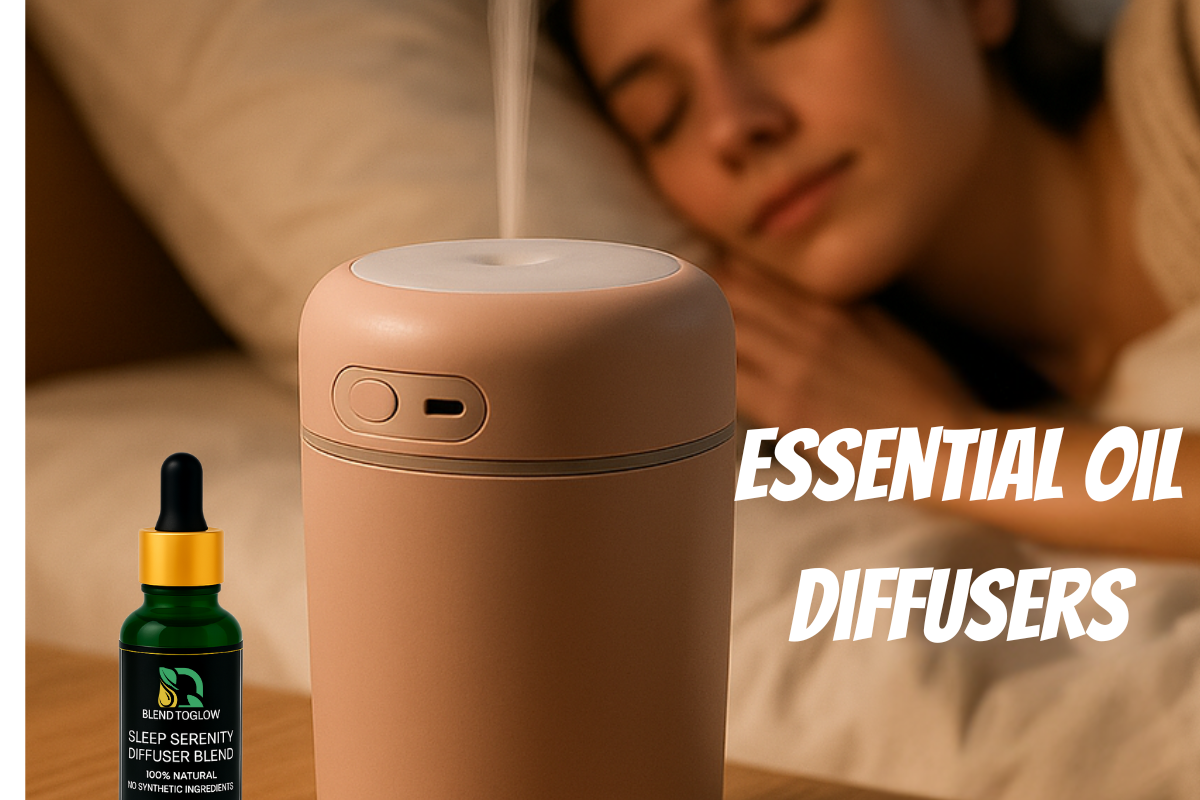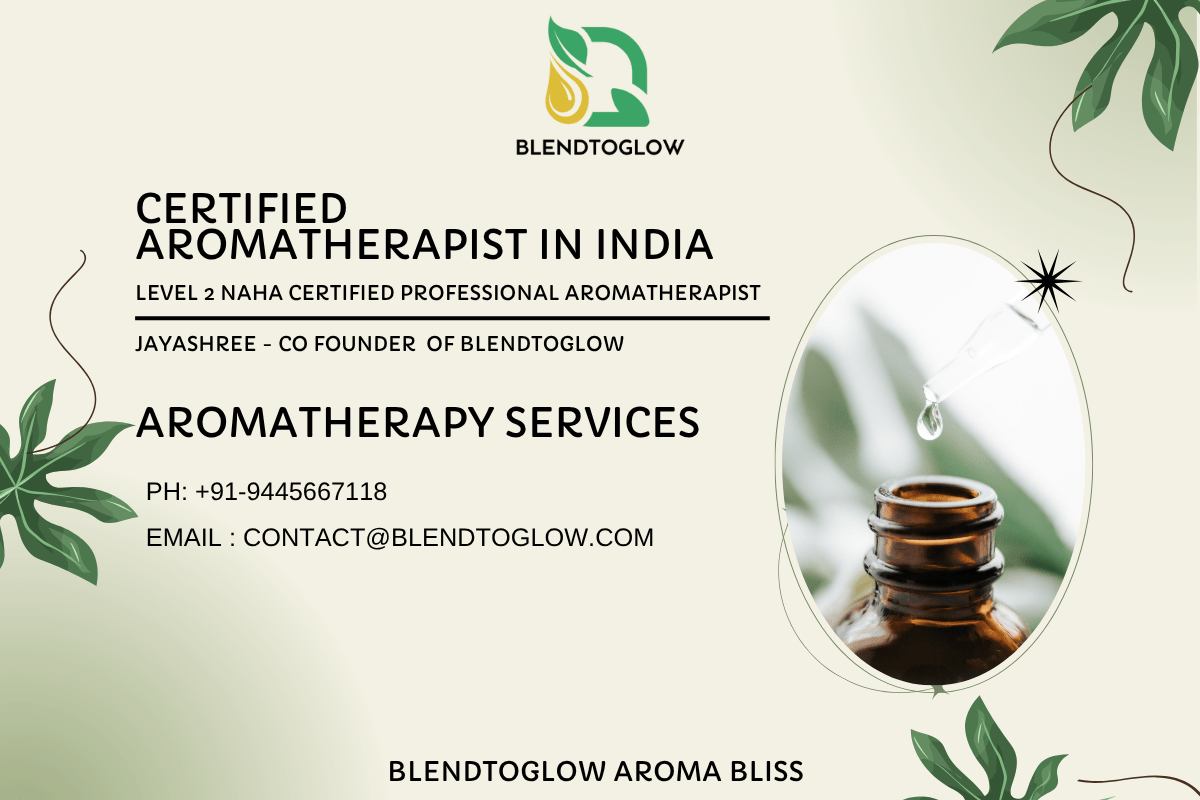When you think of comfort, warmth, and sweetness, one scent often comes to mind — vanilla. People love vanilla essential oil, hoping to bottle that cozy feeling. But here’s a little secret: vanilla isn’t an essential oil at all. Let’s find out why, how the true vanilla aroma is made, and how you can still enjoy its soothing presence in your daily life.
1. What Makes an Oil “Essential”?
An essential oil comes from a plant’s natural scent compounds — the parts that evaporate easily and carry fragrance through the air.
These aromatic molecules are usually collected by steam distillation or cold pressing.
For instance:
-
Steam releases the aroma from lavender or eucalyptus leaves.
-
Citrus rinds like lemon or orange give their oils when pressed.
These methods work only on plants that release light, volatile oils.Vanilla beans don’t. Their main aroma compound, vanillin, is too heavy and stubborn to travel with steam.
So when you see something called vanilla essential oil, it isn’t technically one — it’s another kind of extract.
2. How Vanilla’s Real Fragrance Is Created
To capture vanilla’s smell, we need a process that gently pulls its compounds out without heat. Producers soak the dried beans of Vanilla planifolia in alcohol or other plant-safe solvents. This produces a few special forms of vanilla that are popular in natural perfumery and aromatherapy:
-
Vanilla Extract – the familiar, food-safe version made with alcohol and water.
-
Vanilla Oleoresin – a thick, sticky material with a rich, true-to-bean aroma.
-
Vanilla Absolute – a concentrated, luxurious form prized by perfumers for its depth and softness.
Each of these carries the same comforting fragrance that people associate with the term “vanilla essential oil,” even though none are distilled oils.
3. The Journey of Vanilla Through Time
Long before vanilla found its way into candles and creams, it was cherished by the Totonac people of Mexico. They treated it as a sacred gift from nature. Later, the Aztecs added it to drinks made for their rulers. When explorers carried the beans to Europe in the 1500s, vanilla became a symbol of luxury and love.
Today, Madagascar, Tahiti, and India grow most of the world’s vanilla. Farmers still hand-pollinate every flower — a slow process that explains why natural vanilla remains precious.
Its story adds meaning to every drop of extract we enjoy.
4. Why Vanilla Feels So Comforting
Scientists have looked into why vanilla has such a calming effect. Its aroma triggers areas of the brain that connect to pleasant memories and emotional safety. That’s why the scent often reminds people of home, warmth, or sweet treats.
Breathing in vanilla can:
-
Help lower stress levels after a tiring day
-
Ease tension and create a peaceful atmosphere
-
Lift your mood and bring gentle joy
At BlendToGlow, we use vanilla extract oil in our Happy Vibes and Vanilla Glow Candle and Diffuser collections to capture that same soothing effect naturally.
5. Spotting Real Vanilla vs. Synthetic Versions
Because demand is so high, many products use artificial versions of vanillia made in laboratories. Synthetic oils can smell sharp or overly sweet, lacking the depth of natural vanilla.
To make sure you’re buying the real thing:
-
Read the ingredient label. Genuine ones mention Vanilla planifolia or “vanilla extract.”
-
Look for words like absolute or oleoresin. If the label says “fragrance oil,” it’s synthetic.
-
Check the color and feel. Real vanilla extract oil is darker and thicker than distilled essential oils.
Natural vanilla supports small farming communities and gives you a scent closer to what nature intended.
6. Using Vanilla Extract in Everyday Aromatherapy
Even without being a pure essential oil, vanilla extract blends beautifully with other aromas. Here are some easy ways to include it in your daily rituals:
a. In a Diffuser
Add 2 drops of vanilla extract oil and 3 drops of sweet orange or ylang ylang.
The mix smells soft, cheerful, and welcoming.
b. In Candles
Combine vanilla with warm notes like sandalwood or patchouli for cozy evenings.
c. In a Relaxing Body Oil
Blend one drop of vanilla extract with a spoon of carrier oil such as jojoba.
Massage on wrists or neck to enjoy its gentle scent through the day.
d. For Bedtime Calm
Diffuse vanilla with lavender or chamomile thirty minutes before sleep.
It helps the mind slow down and signals it’s time to rest.
Because extracts are heavier, always shake or stir before use so the aroma spreads evenly.
7. Safety and Storage Tips
Natural doesn’t mean careless use — extracts still need proper handling:
-
Do a patch test before using on skin.
-
Avoid ingestion unless labeled food-grade.
-
Store in glass bottles away from heat and light to protect the fragrance.
-
Use sparingly. A little goes far because the scent is strong and long-lasting.
Handled this way, a small bottle can last for months without losing its charm.
8. Blend Ideas to Try at Home
If you love experimenting with scents, vanilla makes a wonderful base note. Here are some simple, beginner-friendly ideas:
-
Comfort & Joy: Vanilla + Sweet Orange + Cinnamon
-
Peaceful Evening: Vanilla + Lavender + Cedarwood
-
Romantic Mood: Vanilla + Rose + Ylang Ylang
-
Fresh Morning: Vanilla + Lemon + Peppermint
Start small — 1 drop vanilla to 3–4 drops of other oils — and adjust until you find your perfect balance.
9. Why BlendToGlow Chooses Vanilla Extract Oil
Every ingredient we use at BlendToGlow is chosen for purity and emotional impact.
Our team prefers vanilla extract oil over synthetic fragrances because it’s gentle, natural, and connects to real plant origins.
You’ll experience it in:
-
Happy Vibes Candle & Diffuser – a cheerful blend of vanilla and ylang ylang.
-
Vanilla Glow Candle – soft, warm light for peaceful evenings.
-
Car Aroma Blends – a hint of vanilla to keep drives calm and pleasant.
Each product carries the same goal — to turn daily moments into small rituals of relaxation.
10. The Essence of the Story
So, is there such a thing as vanilla essential oil? Technically, no. But the extracts, absolutes, and oleoresins that come from real vanilla beans give us something just as special — the true heart of the scent itself.
Vanilla may not meet the scientific rules for essential oils, yet it remains essential to comfort, connection, and calm. When you light a candle, breathe in a diffuser blend, or add a drop to your favorite oil, you’re not just smelling a fragrance — you’re feeling centuries of warmth and care woven into every bean.
Vanilla: not an essential oil, but truly an essential comfort.



